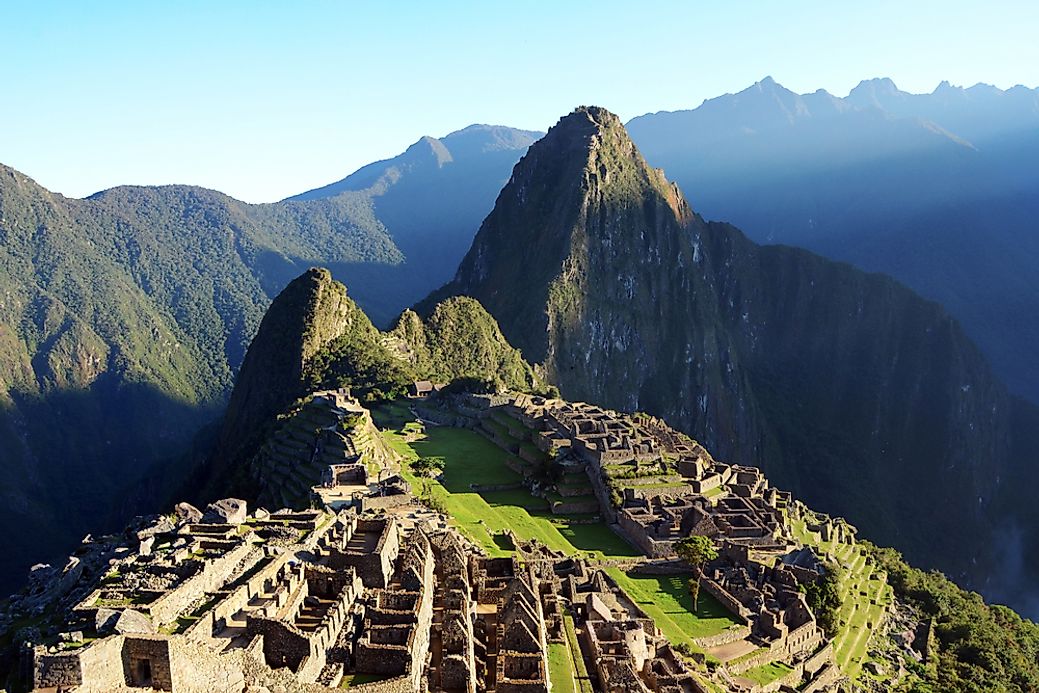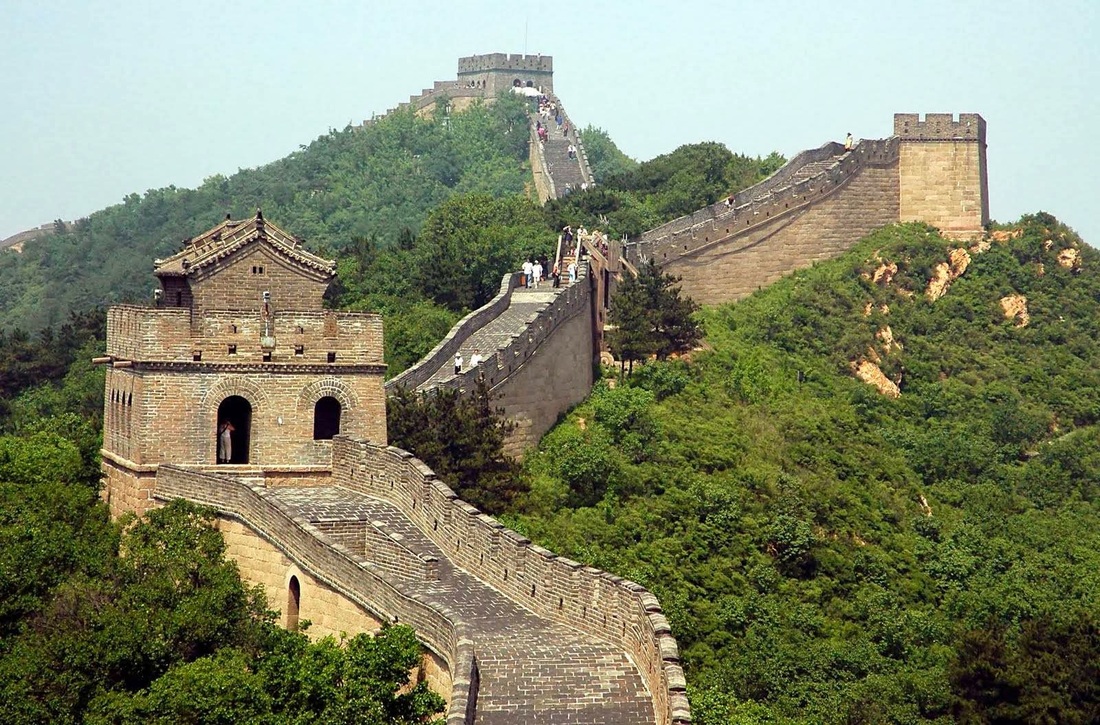

Major Highlights: Most powerful ancient civilization This led to a huge battle between the Incas and the Spanish conquistadors and the native allies they had assembled led by the famous (or rather infamous) Hernan Cortes in 1521.Ī defeat in this decisive battle eventually led to the fall of the once-famous Aztec Empire. In the early 1500s, the Aztec civilization was indeed at the height of its power. Local governments remained in place and were forced to pay varying amounts of tribute to the Triple Alliance. The city of Tenochtitlan was the military power base and became a spearhead for the conquest of new territory, but the Aztec emperor didn’t rule every city or region directly. The rise of the Aztecs was within a century of the fall of another influential civilization in Mexico and Central America – the Mayans. Back then, the people preferred the name Mexica to Aztecs. Around the 1200s and early 1300s, the people in present-day Mexico lived in three big rival cities – Tenochtitlan, Texcoco, and Tlacopan.Īround 1325, these rivals created an alliance and the new state came to dominate the Valley of Mexico.

The Aztecs came on to the scene pretty much around the time when the Incas were emerging as powerful contenders in South America.

Major Highlights: Nahuatl became the major language Original Location: Southcentral region of pre-Columbian Mexico This led to a significant rise in the power of the Incas who went on to become great builders, constructing fortresses and sites like Machu Picchu and the city of Cusco that still stand to this day. When the king died, his son would get all the power, but his wealth would be distributed among his other relatives, who in return would preserve his mummy and maintain his political influence. He continued to expand the tradition of ancestor worship. The first Incan emperor, Pachacuti, transformed the capital from a modest village into a great city laid out in the shape of a puma. The Incas were devout followers of the sun god Inti, and their king was referred to as “Sapa Inca” meaning the child of the sun. The Incan civilization was a well-established and flourishing society. This civilization flourished in the areas of present-day Ecuador, Peru, and Chile and had its administrative, military, and political center at Cusco which lies in modern-day Peru. The Incan Empire was the largest empire in South America in the pre-Columbian era.


 0 kommentar(er)
0 kommentar(er)
